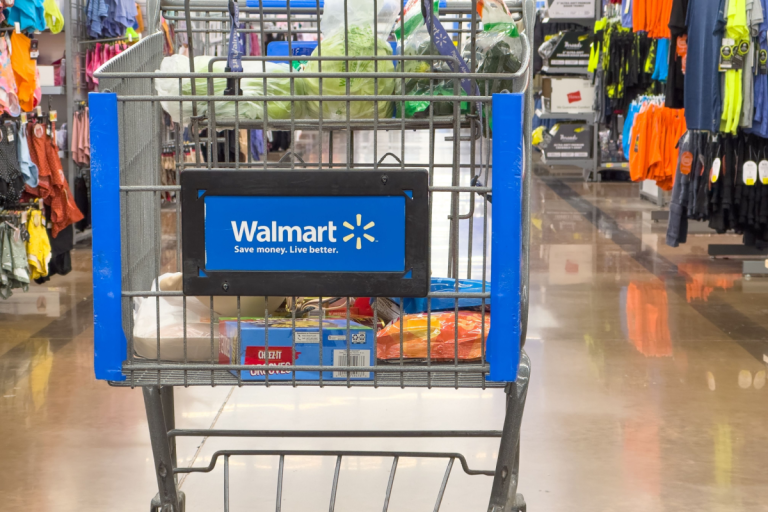Walmart CEO Doug McMillon says tariffs are steadily raising costs across the retail giant’s supply chain, forcing the company to make careful pricing adjustments. While the impact has been gradual, Walmart expects cost pressures to continue through the third and fourth quarters. The situation is beginning to influence customer spending patterns, particularly among middle- and lower-income households.
Tariffs and Pricing Strategy
During an earnings call, McMillon explained that as shelves are replenished, more goods are arriving at post-tariff prices, leading to higher operating costs. He emphasized that Walmart is committed to keeping prices low for as long as possible, despite these pressures. “We aren’t seeing dramatic shifts the way things have played out so far,” McMillon said, noting muted customer behavior changes. However, he acknowledged more noticeable adjustments among lower-income shoppers compared to wealthier households.
Balancing Costs and Value
Although tariffs are driving some prices higher, Walmart is simultaneously increasing the number of “rollbacks” — temporary price cuts — to provide relief to customers. The retailer currently has more than 7,400 items discounted, up 2,000 from the previous quarter, including a 30% increase in grocery rollbacks year over year. This strategy mirrors moves by competitors like Target, Kohl’s, and McDonald’s, which are also leaning into value offerings to maintain customer loyalty.
Delivery and Customer Trends
Walmart’s fast delivery services are attracting more higher-income customers, providing an offset to pressures in lower-income spending. Chief Financial Officer John David Rainey reported that about one-third of store deliveries in recent weeks were completed in under three hours, with 20% arriving in just 30 minutes. These speed improvements reflect Walmart’s push to strengthen its position across diverse income groups while competing with online retail leaders.
Outlook for the Holiday Season
Looking ahead, McMillon expressed confidence in Walmart’s performance during the upcoming back-to-school and holiday shopping seasons. He noted that back-to-school spending often signals how strong the holiday period will be, and current trends suggest resilience despite cost challenges. The company remains focused on balancing tariff-driven cost increases with strategies to maintain affordability and grow its customer base.
Walmart’s experience underscores how tariffs are reshaping retail pricing and consumer behavior in subtle but meaningful ways. By combining aggressive rollbacks with faster delivery, the retailer aims to protect its market position while navigating ongoing cost pressures. The months ahead will test its ability to balance rising expenses with its longstanding promise of everyday low prices.


